30 pages • 1 hour read
Virginia WoolfModern Fiction
Nonfiction | Essay / Speech | Adult | Published in 1925A modern alternative to SparkNotes and CliffsNotes, SuperSummary offers high-quality Study Guides with detailed chapter summaries and analysis of major themes, characters, and more.
Important Quotes
“It is difficult not to take it for granted that the modern practice of the art is somehow an improvement upon the old.”
(Page 157)
Woolf opens her essay with a clear statement juxtaposing “the modern” and “the old,” establishing the comparison between Tradition and Modernity that the rest of the text will explore and question. Woolf’s use of the litotes (understatement employing a negative) “it is difficult not to” rather than the affirmative “it is easy to” hints that the contrast suggested in this first sentence is not as secure as it might seem.
“It is for the historian of literature to decide; for him to say if we are now beginning or ending or standing in the middle of a great period of prose fiction, for down in the plain little is visible.”
(Page 158)
In a classic instance of Woolf’s imagery, she uses metaphorical language to depict the modern author entrenched in overwhelming conflict. She pairs this metaphor with the tricolon (a series of three parallel words or phrases) “beginning or ending or standing,” which emphasizes the difficult conclusion that the historian must draw from the disarray.
“[Bennett] can make a book so well constructed and solid in its craftsmanship that it is difficult for the most exacting of critics to see through what chink or crevice decay can creep in. There is not so much as a draught between the frames of the windows, or a crack in the boards.”
(Page 158)
This quotation is an example of some of Woolf’s most vivid imagistic language. She describes Bennett’s books as solid and well-crafted objects and then as buildings in which there are no errors and which are therefore invulnerable to decay or invasion. Woolf’s metaphor is a unique way of describing another writer’s work without dedicating much time and space to quotation.
Related Titles
By Virginia Woolf

A Haunted House
Virginia Woolf

A Haunted House and Other Short Stories
Virginia Woolf
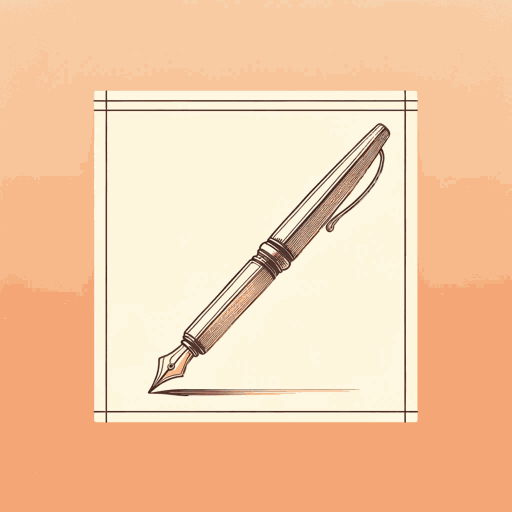
A Room of One's Own
Virginia Woolf

Between The Acts
Virginia Woolf

How Should One Read a Book?
Virginia Woolf

Jacob's Room
Virginia Woolf

Kew Gardens
Virginia Woolf

Moments of Being
Virginia Woolf
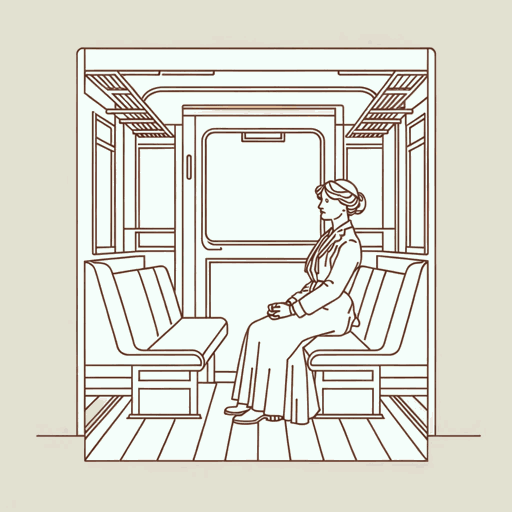
Mr. Bennett and Mrs. Brown
Virginia Woolf

Mrs. Dalloway
Virginia Woolf
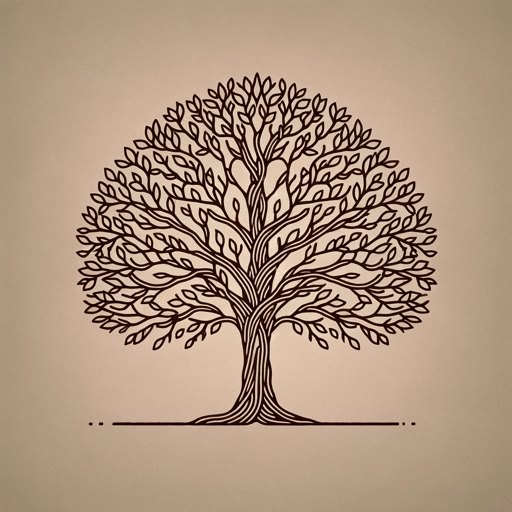
Orlando
Virginia Woolf
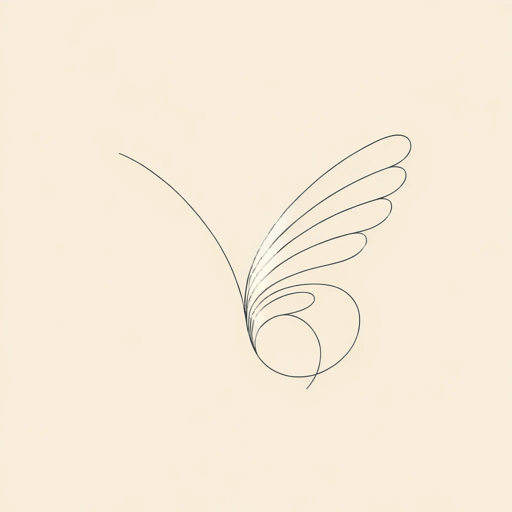
The Death of the Moth
Virginia Woolf

The Duchess and the Jeweller
Virginia Woolf
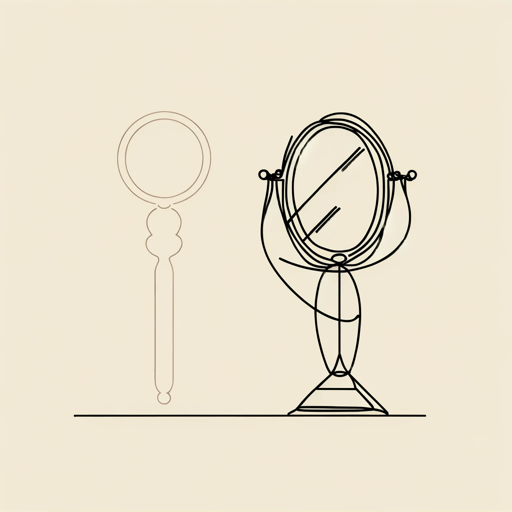
The Lady in the Looking Glass
Virginia Woolf

The Mark on the Wall
Virginia Woolf
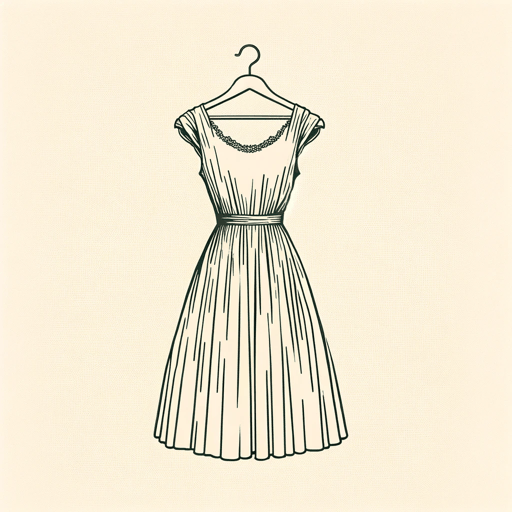
The New Dress
Virginia Woolf

The Voyage Out
Virginia Woolf

The Waves
Virginia Woolf
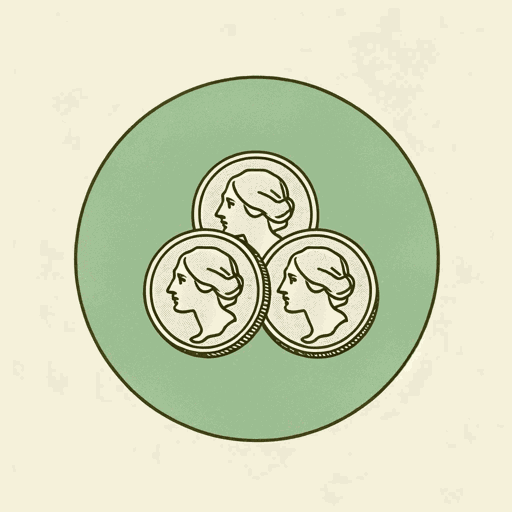
Three Guineas
Virginia Woolf

To the Lighthouse
Virginia Woolf

